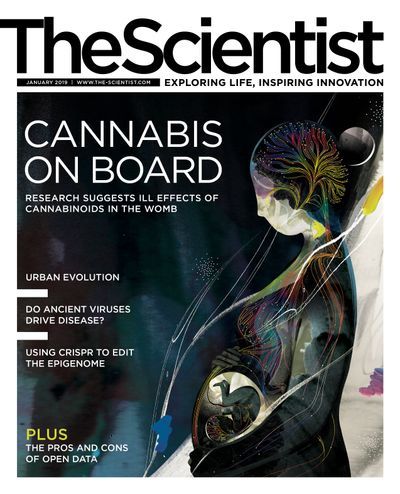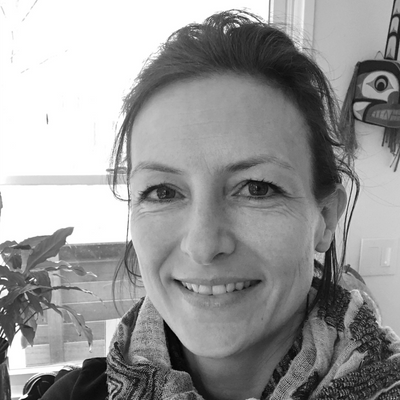
See full infographic: WEB | PDF
ABOVE: © ISTOCK.COM, DREAMING2004
Transposable elements, including remnants of viral DNA retained in the genome for millions of years, make up a substantial fraction of mammalian genomes, and their effects on gene expression are thought to have driven speciation.
However, while there is anecdotal and circumstantial evidence suggesting these elements affect gene regulation—such as transcription factor binding sites in their sequences—techniques for systematically analyzing these elements’ activities are limited, says Joanna Wysocka of Stanford University...
Using a single short RNA, such as a CRISPR guide RNA, to manipulate transcriptional activity at multiple copies of an element should work in theory, says Wysocka. But in practice, “because over evolutionary time [the elements] accumulate mutations, they are different enough that . . . a single guide RNA [is insufficient].”
Fortunately, Wysocka’s team had previously developed a non-transposon-related imaging approach that involved packing code for multiple guide RNAs into one plasmid. They have now used such a plasmid, called a chimeric array of gRNA oligos (CARGO), containing a variety of subtly different gRNAs, to target multiple copies of the human endogenous retrovirus HERV-K. Expressing gRNAs from the CARGO plasmid together with special Cas9 fusion proteins that cannot cleave DNA but bind it to activate or repress transcription (encoded in a separate plasmid), the team was able to switch on or off almost 90 percent of the 700 full and partial copies of HERV-K in the genomes of cultured human embryonic carcinoma cells at once.
The team identified 275 human genes that were both upregulated by the Cas9-activator and suppressed by the Cas9-repressor, suggesting that these genes, which tended to be close to HERV-K sequences, were directly affected by the retroviral elements. Wysocka and colleagues then confirmed the elements’ roles in six of the genes’ expression by deleting HERV-Ks at the loci and recording their effect on gene activity.
The technique could be extended to a wide variety of transposable elements, says Todd Macfarlan of the National Institute of Child Health and Human Development, who was not involved in the research. Indeed, adds Cornell University’s Cedric Feschotte, also not involved in the study, “it’s really a game changer [for] the potential to interrogate this repetitive fraction of the genome.” (eLife, 7:e35989, 2018)

| Genome-wide transposable element control | How it works | Transposable element targeted | System | Reference |
| Transcriptional activator-like effector (TALE) technology | Three TALE proteins engineered to recognize parts of a particular transposable element are fused with transcriptional activator or repressor domains and introduced into cells, where they activate or repress the segments of interest. | LINE-1 (mouse) | Mouse embryo | Jachowicz et al., Nat Genet, 49:1502–10, 2017 |
| Chimeric array of gRNA oligos (CARGO) and CRISPR technology | Twelve subtly different guide RNAs recruit transcriptional activators or repressors (in the form of nuclease-deficient Cas9 fusion proteins) to a specific transposable element to switch it on or off. | HERV-K (human) | Human embryonal carcinoma cell line | Fuentes et al., eLife, 7:e35989, 2018 |
Interested in reading more?







